Home>Articles>How Much Does It Cost To Replace Ceiling Drywall


Articles
How Much Does It Cost To Replace Ceiling Drywall
Modified: December 7, 2023
Are you wondering how much it costs to replace ceiling drywall? Read our informative articles for insights and budgeting tips to help you make an informed decision.
(Many of the links in this article redirect to a specific reviewed product. Your purchase of these products through affiliate links helps to generate commission for Storables.com, at no extra cost. Learn more)
Introduction
Having a damaged ceiling drywall can be a frustrating and unsightly problem for homeowners. Whether it’s due to water damage, cracks, or general wear and tear, the need to replace the ceiling drywall becomes inevitable. However, one common concern that homeowners have is the cost of such a repair. How much does it really cost to replace ceiling drywall? In this article, we will explore the various factors that affect the cost and provide you with a comprehensive understanding of the expenses involved.
Before diving into the cost details, it’s essential to understand what ceiling drywall is. Ceiling drywall, also known as ceiling plasterboard or sheetrock, is a material used in the construction of ceilings to create a smooth and finished surface. It serves as a foundation for paint or other decorative finishes.
The cost of replacing ceiling drywall can vary significantly depending on several factors, including the size of the area, the complexity of the installation, the quality of materials used, and the region where you reside. By understanding these factors, you can have a better idea of what to expect when budgeting for your ceiling drywall replacement project.
Key Takeaways:
- Budgeting for ceiling drywall replacement involves considering labor, material, removal, and additional costs. Balancing quality and budget is crucial, and consulting professionals for accurate estimations is recommended.
- Factors such as area size, complexity, material quality, and region influence the cost of replacing ceiling drywall. Careful planning, multiple quotes, and a contingency fund can help homeowners stay within budget.
Read more: How Much Does It Cost To Replace Ceiling
Factors that Affect the Cost of Replacing Ceiling Drywall
Several key factors influence the cost of replacing ceiling drywall. By being aware of these factors, you can make more informed decisions and better estimate the overall expenses involved in your project.
- Size of the area: The size of the area that needs to be covered with new ceiling drywall is a significant factor in determining the cost. Larger areas will require more materials and labor, resulting in higher costs.
- Complexity of the installation: The complexity of the installation can impact the cost. If your ceiling has intricate designs, vaulted ceilings, or requires additional structural modifications, it will require more time and effort from the contractors, which will increase the overall cost.
- Quality of materials: The quality of the materials used for the ceiling drywall replacement will affect the cost. Higher-quality materials may come at a higher price, but they provide better durability and aesthetics in the long run.
- Region: The location where the replacement is taking place can impact the cost as well. Labor costs and material prices can vary significantly from one region to another, so it’s essential to consider the local market rates.
These factors are crucial when estimating the cost of replacing ceiling drywall. It’s advisable to consult with professionals and obtain multiple quotes to ensure an accurate estimation of the expenses involved in your specific circumstances.
Labor Costs
Labor costs typically constitute a significant portion of the overall expense when it comes to replacing ceiling drywall. The amount you will pay for labor depends on several factors, including the complexity of the installation, the location, and the experience of the contractors.
The complexity of the installation plays a crucial role in determining the labor costs. If your ceiling has challenging angles, curves, or unique designs, it requires more expertise and time from the contractors. As a result, the labor costs will increase to compensate for the additional effort and skill required for the installation.
Location is another factor that affects labor costs. Different regions have varying labor rates, influenced by factors such as supply and demand, cost of living, and local competition. It’s essential to research the average labor rates in your area and consider this when budgeting for your ceiling drywall replacement project.
The experience and expertise of the contractors also play a role in determining labor costs. Contractors with extensive experience and a solid reputation in the industry may charge higher rates due to their expertise and the quality of their work. While their rates may be higher, it’s often worth investing in skilled professionals to ensure a properly installed and long-lasting ceiling.
When hiring contractors, it’s crucial to obtain multiple quotes and evaluate their experience, past work, and customer reviews. This will help you find the right balance between cost and quality of work. Remember that labor costs are an investment in the longevity and appearance of your ceiling, so it’s important not to compromise on skill and expertise for the sake of saving money.
Material Costs
The cost of materials is another essential factor to consider when budgeting for the replacement of ceiling drywall. The type and quality of materials you choose can significantly impact the total expenses of your project. Here are some factors that can affect the material costs:
- Type of drywall: There are different types of drywall available, such as standard drywall, moisture-resistant drywall, and fire-resistant drywall. The type you choose will depend on the specific requirements of your space. Moisture-resistant drywall is commonly used in areas prone to dampness, such as bathrooms, while fire-resistant drywall is recommended for spaces where fire safety is a concern.
- Thickness and size of drywall: Drywall comes in various thicknesses and sizes. Thicker drywall provides better soundproofing and durability but may come at a higher cost. Additionally, larger sheets of drywall can reduce installation time and waste, but they may require more effort and manpower to handle.
- Additional materials: In addition to the drywall itself, there are other materials required for the installation, such as joint compound, tape, screws, and corner beads. These materials contribute to the final cost and should be factored into your budget.
- Finishing materials: Once the drywall is installed, you may need to consider finishing materials such as primer, paint, or wallpaper. The cost of these materials can vary depending on the brand, quality, and desired finish.
It’s advisable to consult with professionals or visit local home improvement stores to get a better understanding of the costs involved in purchasing the necessary materials for your ceiling drywall replacement project. Additionally, consider comparing prices from multiple suppliers to ensure you’re getting the best value for your money.
Remember that investing in higher-quality materials can often result in a more durable and visually appealing ceiling, reducing the need for future repairs or replacements. It’s important to strike a balance between your budget and the desired quality of materials for your project.
When budgeting for ceiling drywall replacement, consider the cost of materials, labor, and any additional repairs or modifications needed. Get multiple quotes from contractors to compare prices.
Removal and Disposal Costs
When replacing ceiling drywall, it’s essential to consider the costs associated with the removal and disposal of the old materials. This step is necessary to create a clean and stable surface for the installation of the new drywall.
The removal process involves taking down the existing ceiling drywall, which can be time-consuming and labor-intensive. The cost of removal depends on factors such as the size of the area, the complexity of the ceiling structure, and the condition of the existing drywall. If there are multiple layers of old drywall or any additional materials that need to be removed, it will increase the overall labor costs.
Disposal costs can also add to the total expenses. The old drywall needs to be properly disposed of, following local regulations and guidelines. Some disposal facilities charge fees for accepting construction debris, so it’s essential to inquire about these costs in advance.
In some cases, homeowners may choose to handle the removal and disposal themselves to save on labor costs. However, it’s important to note that this option requires proper knowledge, equipment, and protective gear to ensure safety and compliance with regulations. If you decide to go the DIY route, be sure to factor in the time and effort required for the process.
If you prefer to hire professionals for the removal and disposal, make sure to get detailed quotes that include these specific costs. This will give you a more accurate estimation of the overall expenses involved in your ceiling drywall replacement project.
Read more: How Much Does It Cost To Drywall A Basement
Additional Costs to Consider
When budgeting for the replacement of ceiling drywall, it’s important to consider any additional costs that may arise throughout the project. While these costs may vary depending on the specific circumstances, here are some common factors to keep in mind:
- Structural repairs: During the process of removing the old drywall, it’s possible to uncover structural issues such as rot, mold, or termite damage. If any repairs are necessary to ensure a stable and safe ceiling, it will add to the overall costs of the project. It’s recommended to have a professional inspection before starting the replacement to identify any underlying issues.
- Temporary living arrangements: Depending on the extent of the ceiling drywall replacement, you may need to temporarily relocate while the work is being done. This could involve additional accommodation costs or the need to stay with friends or family during the renovation period.
- Permits and inspections: In some areas, obtaining permits and undergoing inspections may be required for ceiling drywall replacement projects. The fees associated with permits and inspections should be accounted for in the budget.
- Painting or finishing: After the new drywall is installed, you may want to consider painting or finishing the ceiling. This can add to the total expenses, including the cost of paint, primer, brushes, or hiring a professional painter if needed.
- Unexpected issues: It’s always wise to have a contingency fund for any unexpected issues that may arise during the project. This could include additional labor or material costs due to unforeseen circumstances or changes in the project scope.
By considering these additional costs, you can ensure that you have a realistic budget in place and avoid any financial surprises along the way. It’s always better to be prepared for potential expenses rather than being caught off guard by unexpected costs.
Conclusion
Replacing ceiling drywall is a significant home improvement project that requires careful planning and budgeting. By understanding the factors that affect the cost of this endeavor, homeowners can better estimate the expenses and make informed decisions throughout the process.
Labor costs play a crucial role in the overall expense, with factors such as the complexity of the installation, location, and the experience of the contractors influencing the final cost. It’s important to find a balance between quality and budget when hiring professionals for the job.
Material costs are another key factor to consider, including the type and quality of drywall, additional materials, and finishing supplies. Investing in higher-quality materials may result in a more durable and visually appealing ceiling, reducing the need for future repairs or replacements.
Removal and disposal costs should not be overlooked, as the existing ceiling drywall needs to be properly removed and disposed of. Whether you choose to handle this step yourself or hire professionals, be sure to factor in the time, labor, and disposal fees involved.
Lastly, additional costs such as structural repairs, temporary living arrangements, permits, and unexpected issues should be considered to ensure a realistic budget. Having a contingency fund can help mitigate any unexpected expenses that may arise during the project timeline.
Remember, it’s crucial to consult with professionals and obtain multiple quotes for accurate cost estimations. Each project is unique, and expenses can vary based on the specific circumstances of your home.
By taking into account these factors and careful planning, homeowners can successfully replace their ceiling drywall while staying within their desired budget. A well-executed and visually appealing ceiling will not only enhance the aesthetics of your home but also provide long-lasting functionality and value.
Frequently Asked Questions about How Much Does It Cost To Replace Ceiling Drywall
Was this page helpful?
At Storables.com, we guarantee accurate and reliable information. Our content, validated by Expert Board Contributors, is crafted following stringent Editorial Policies. We're committed to providing you with well-researched, expert-backed insights for all your informational needs.
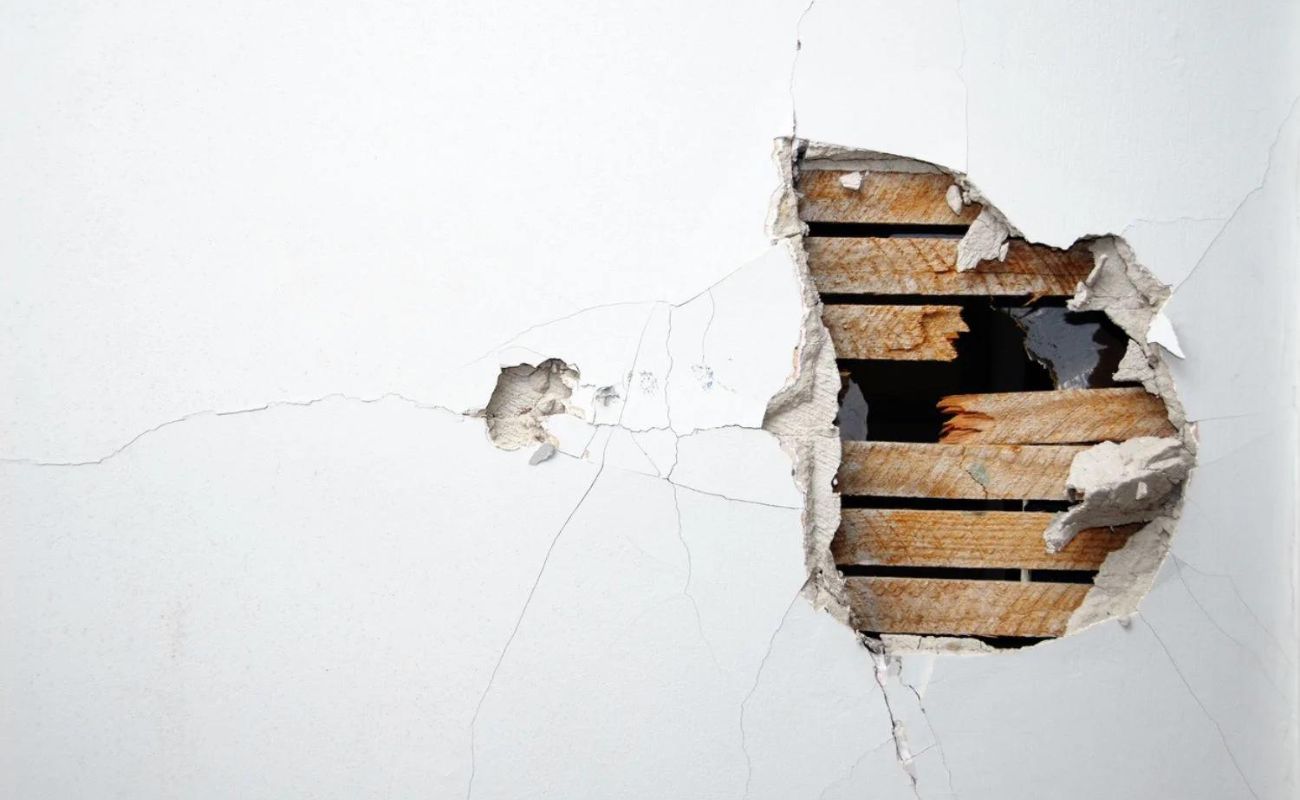
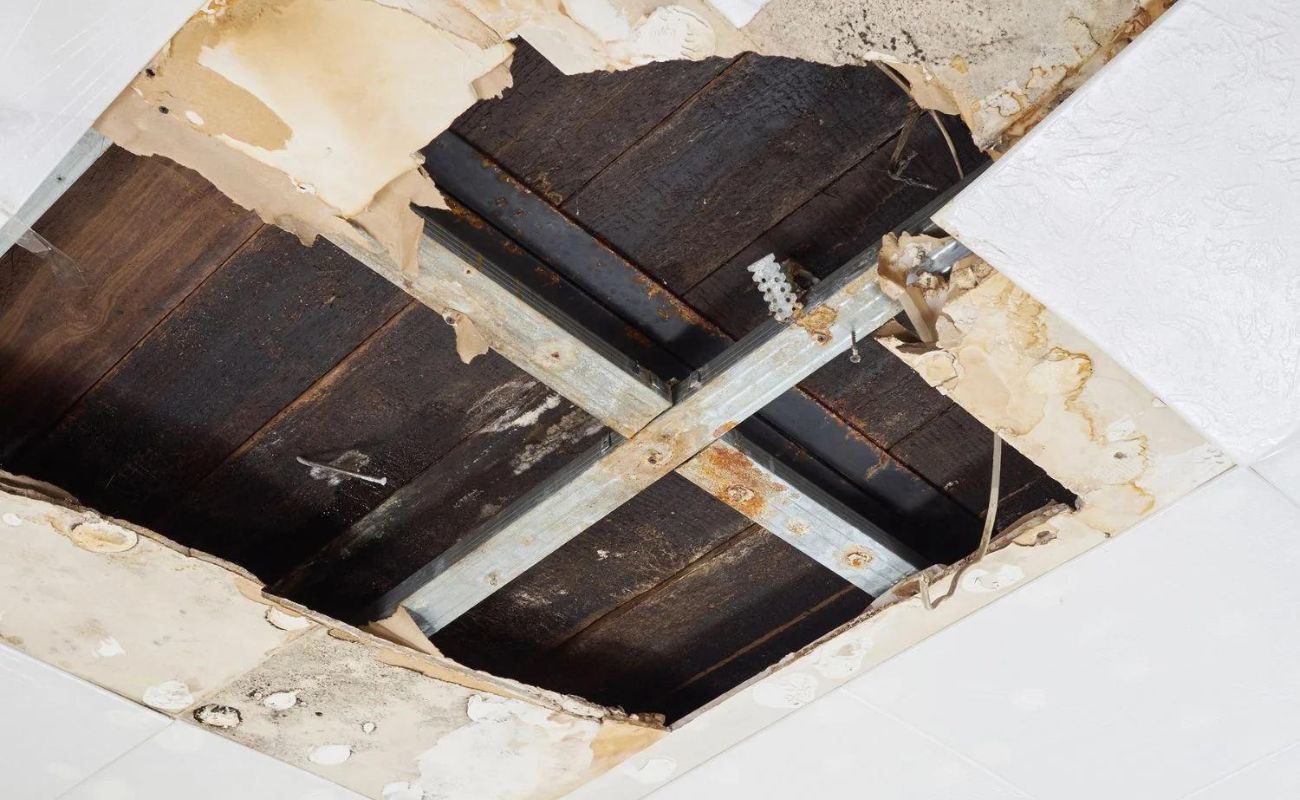
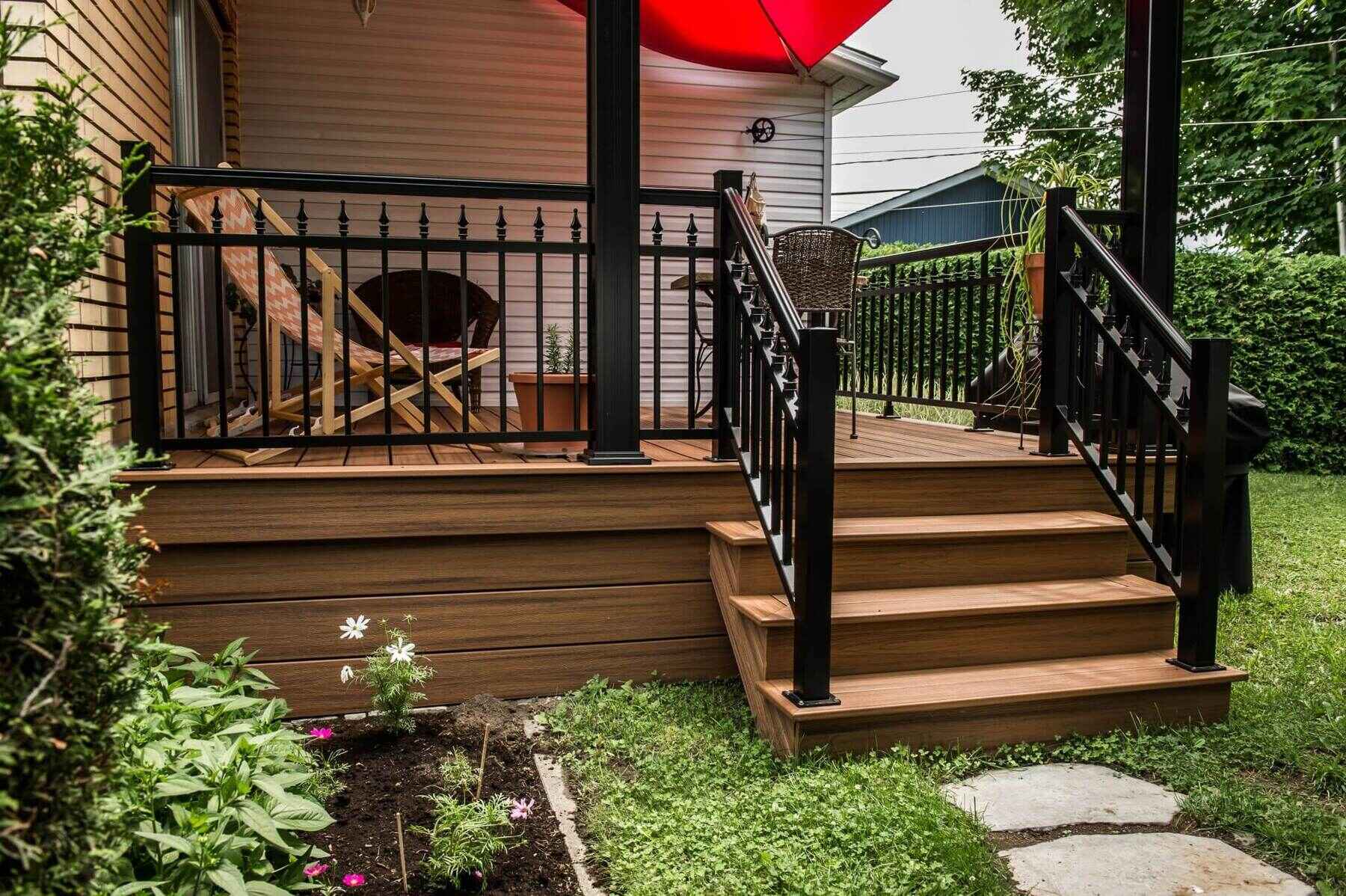
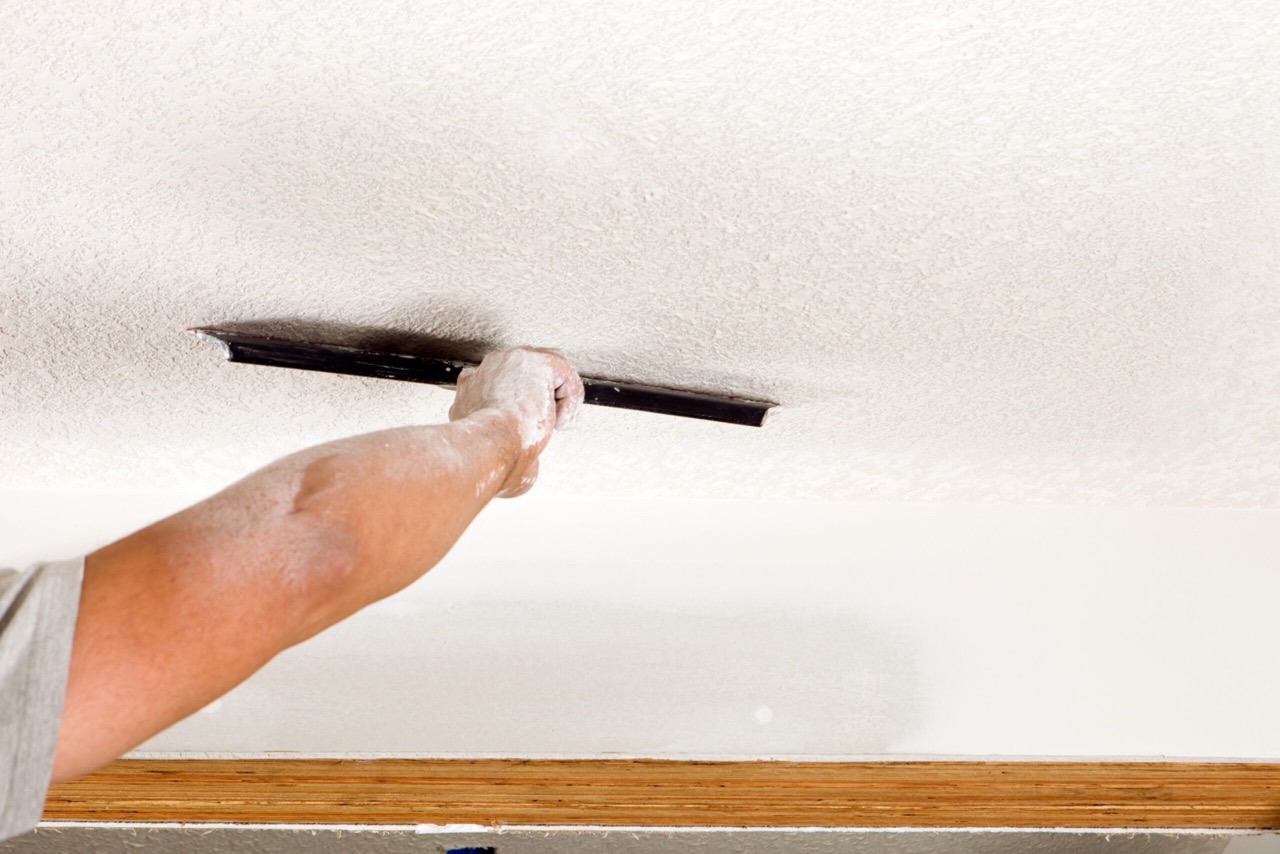


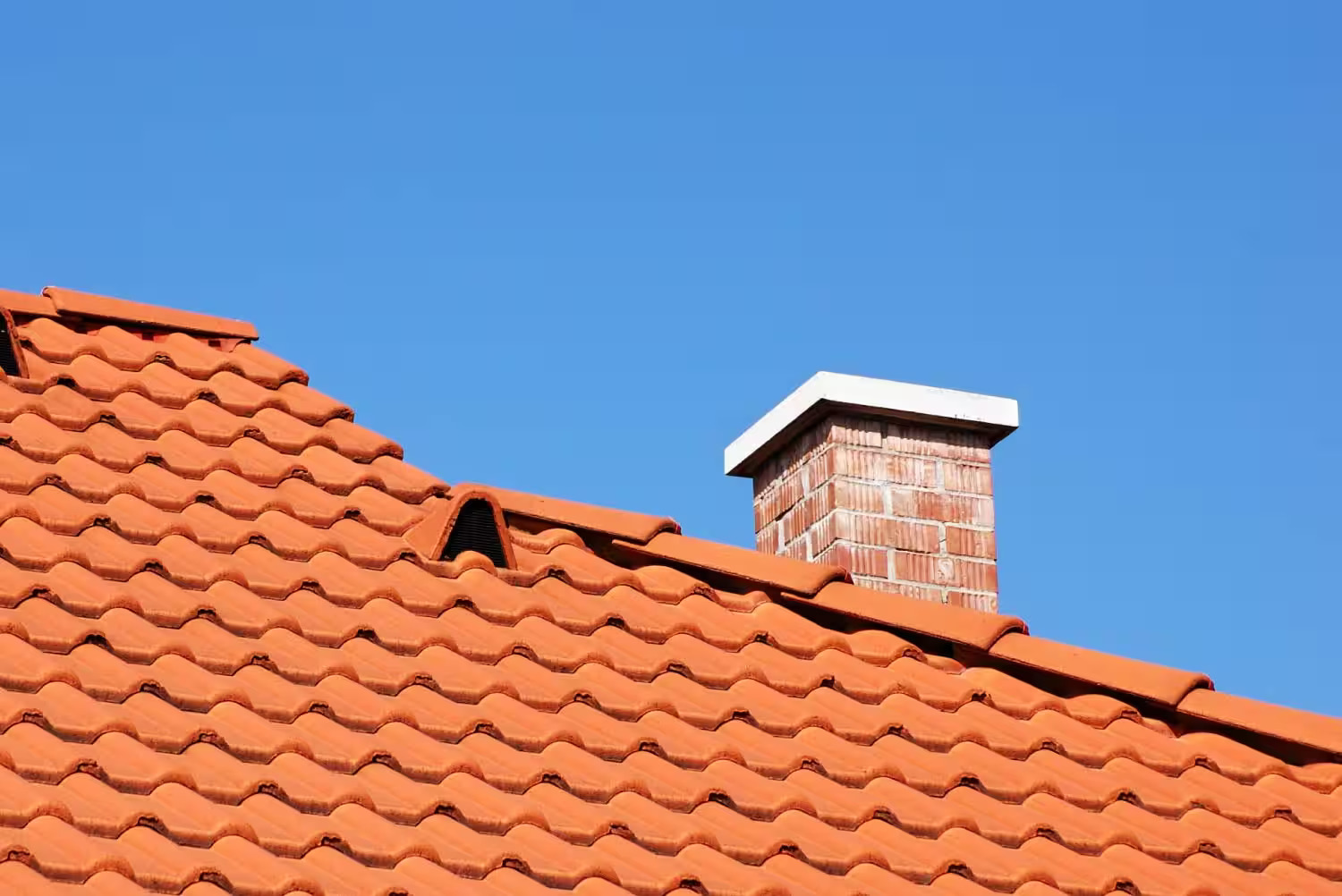
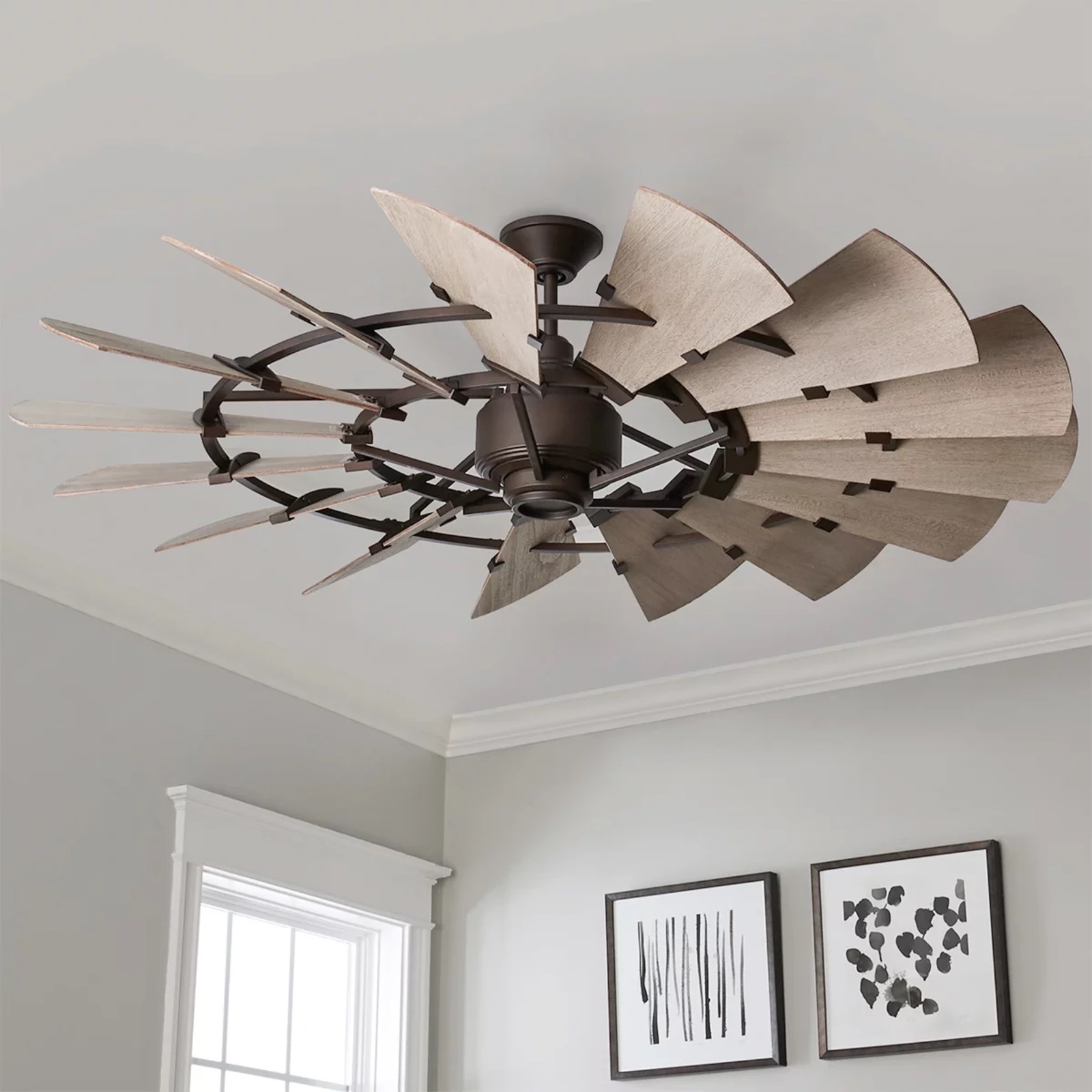
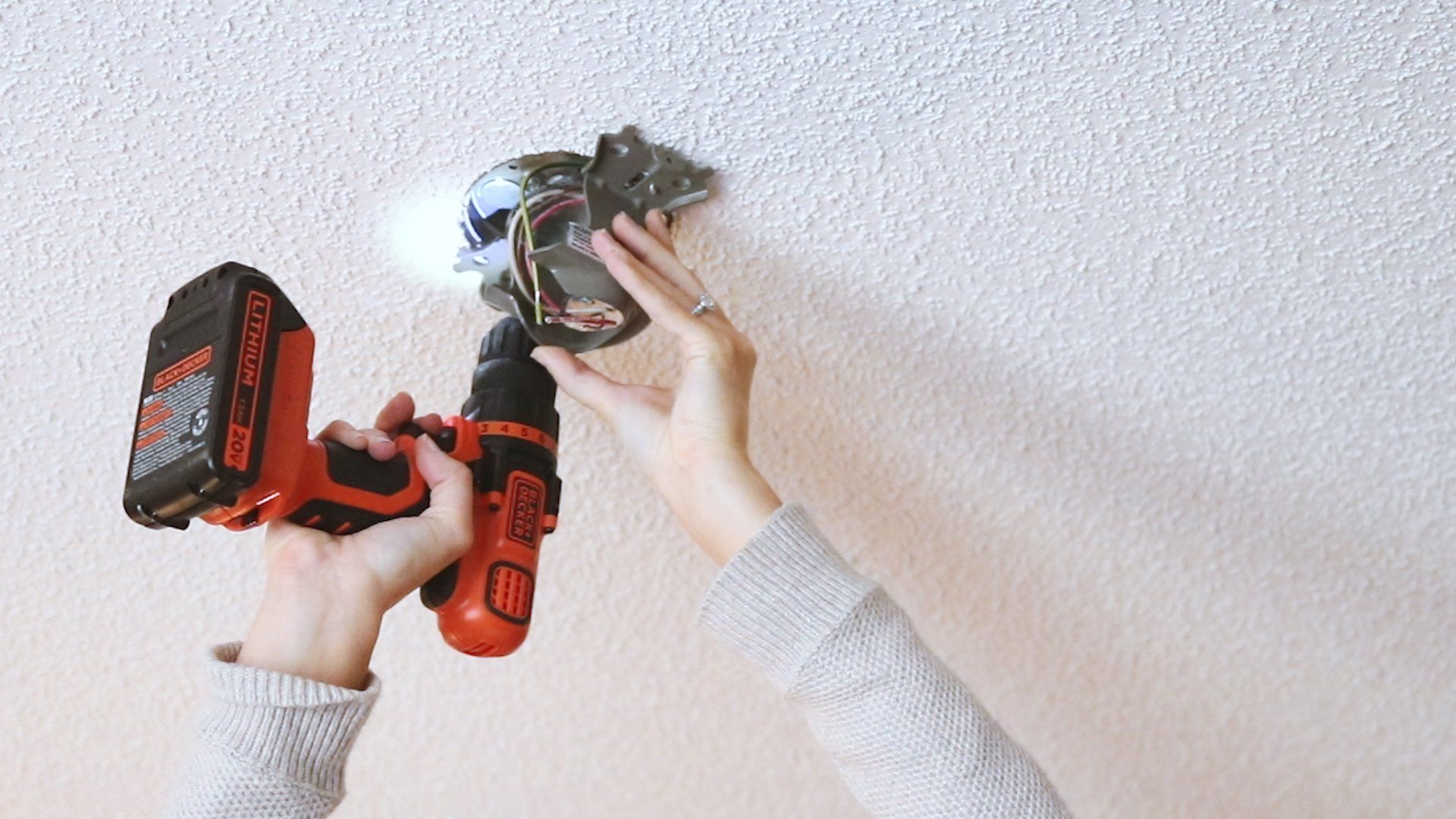
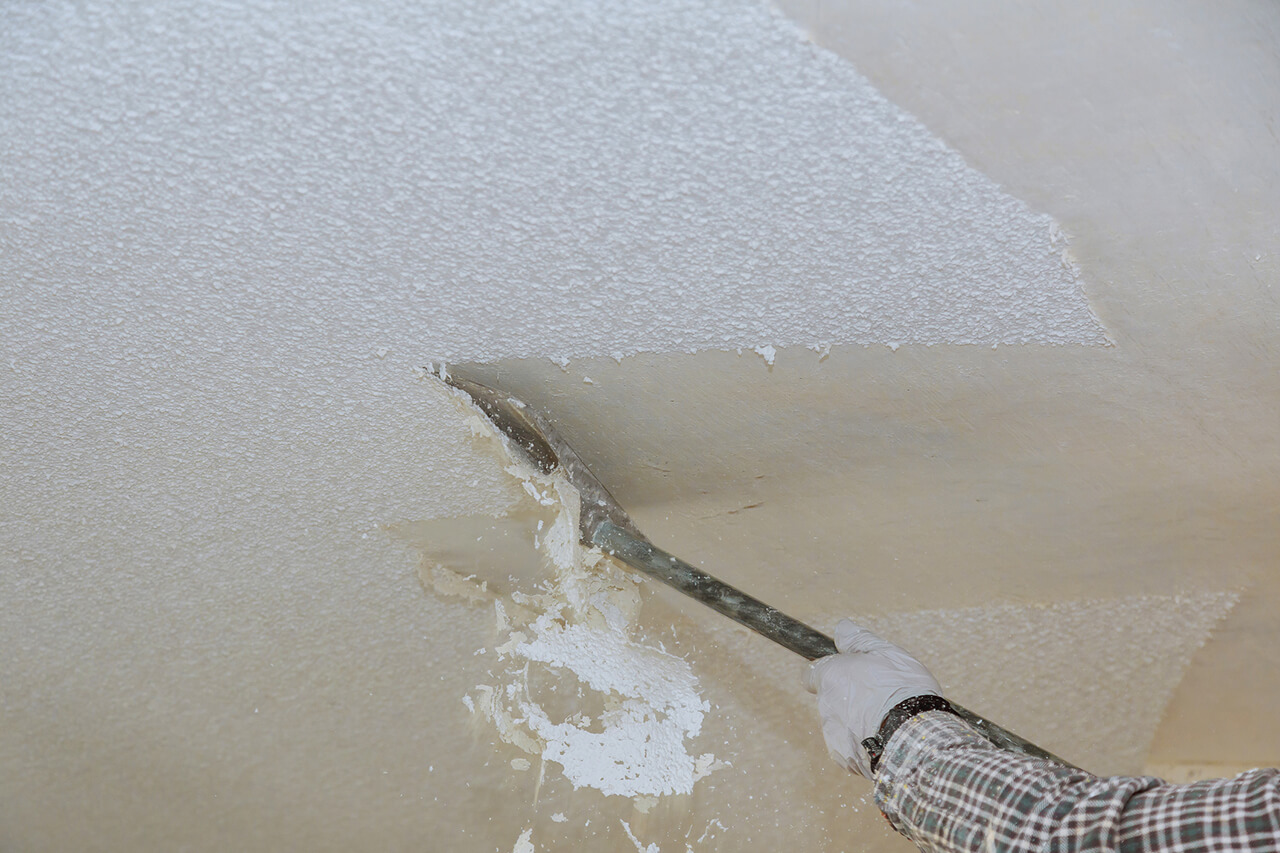
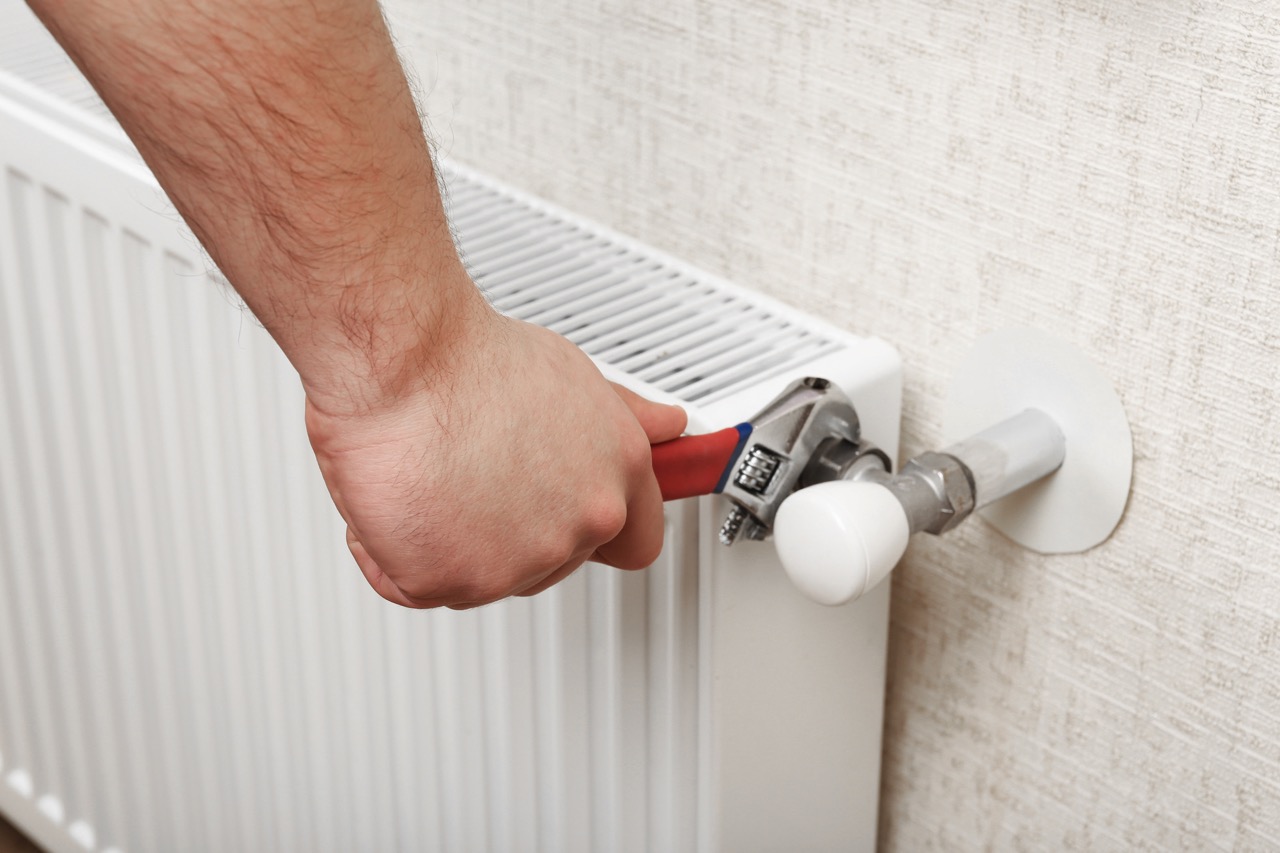
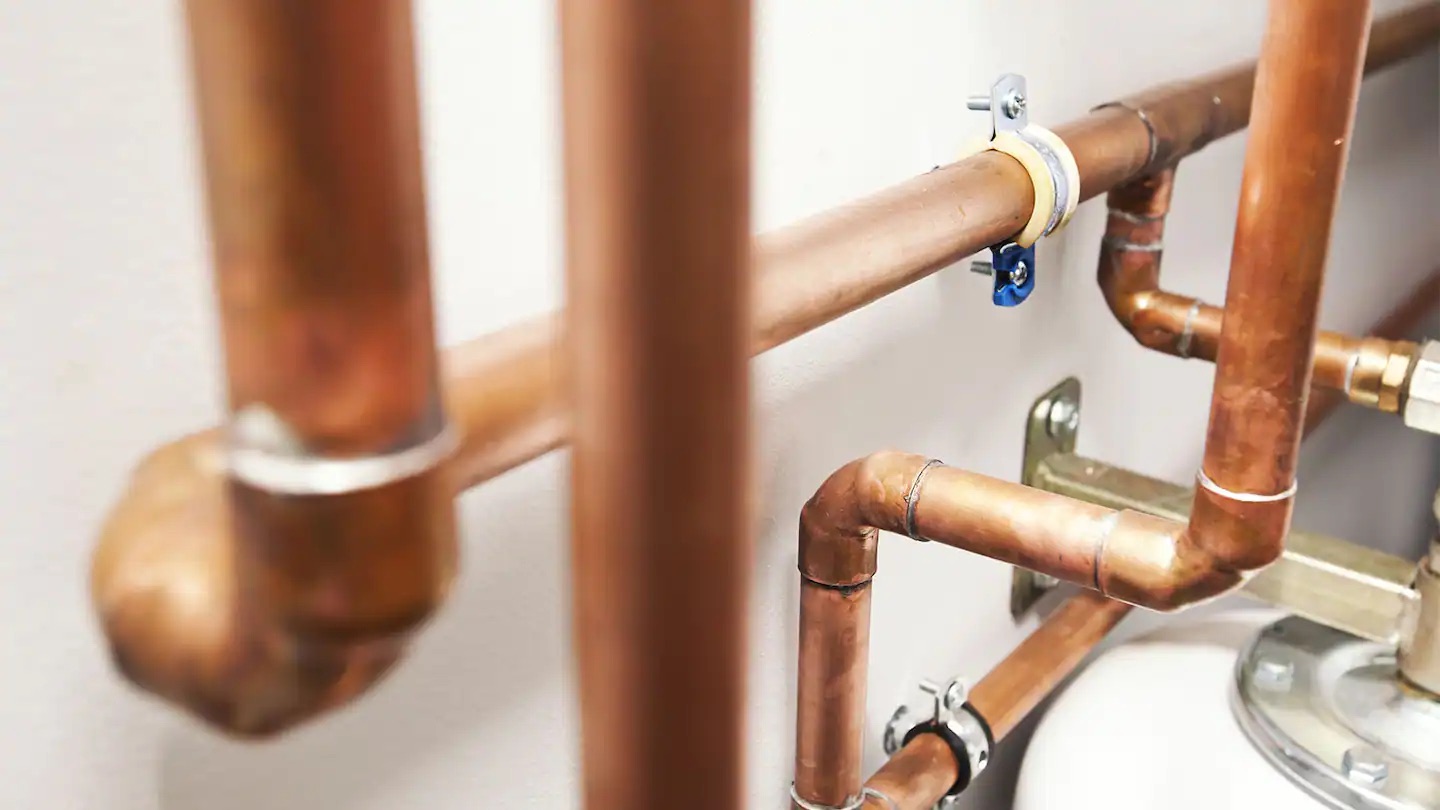
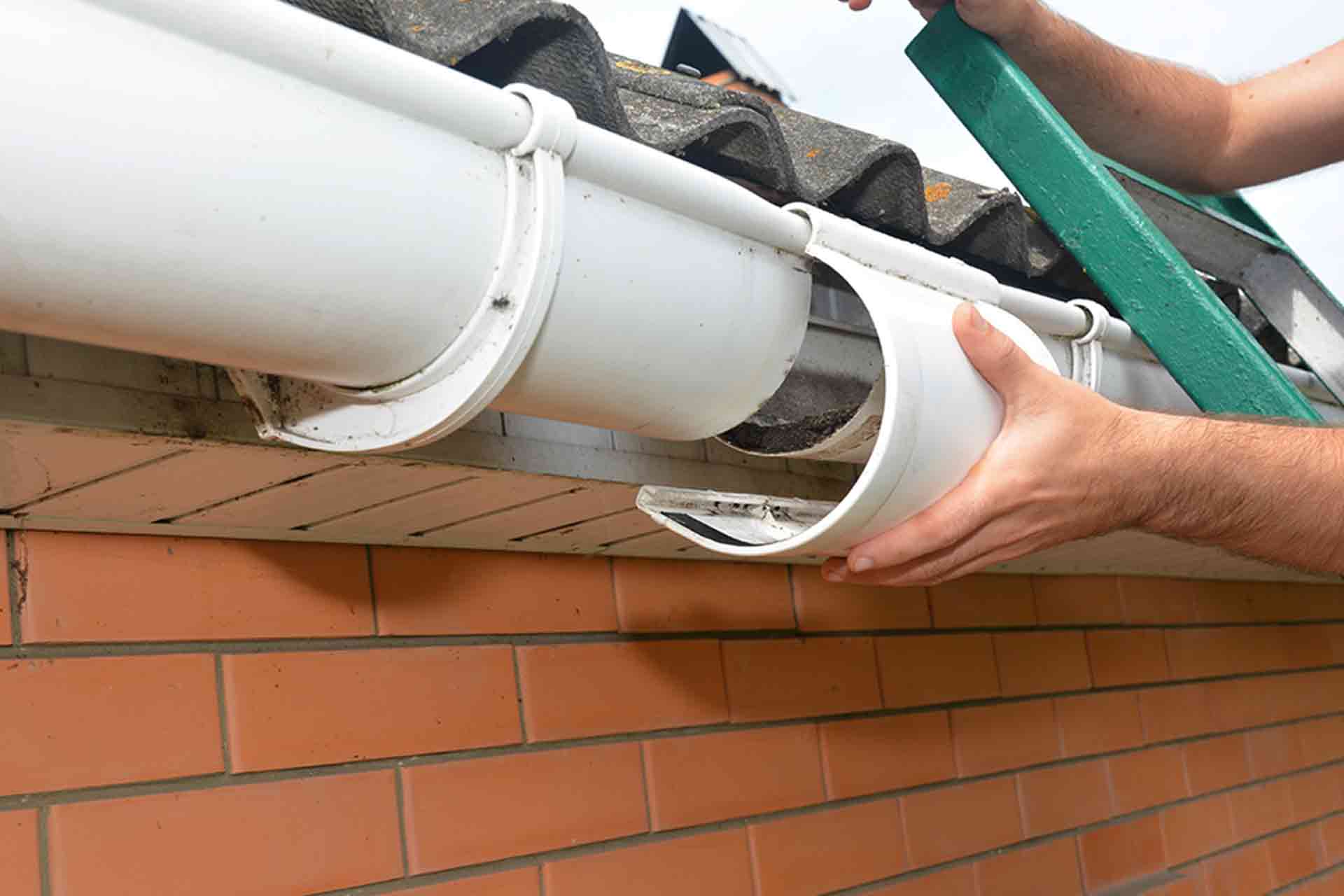
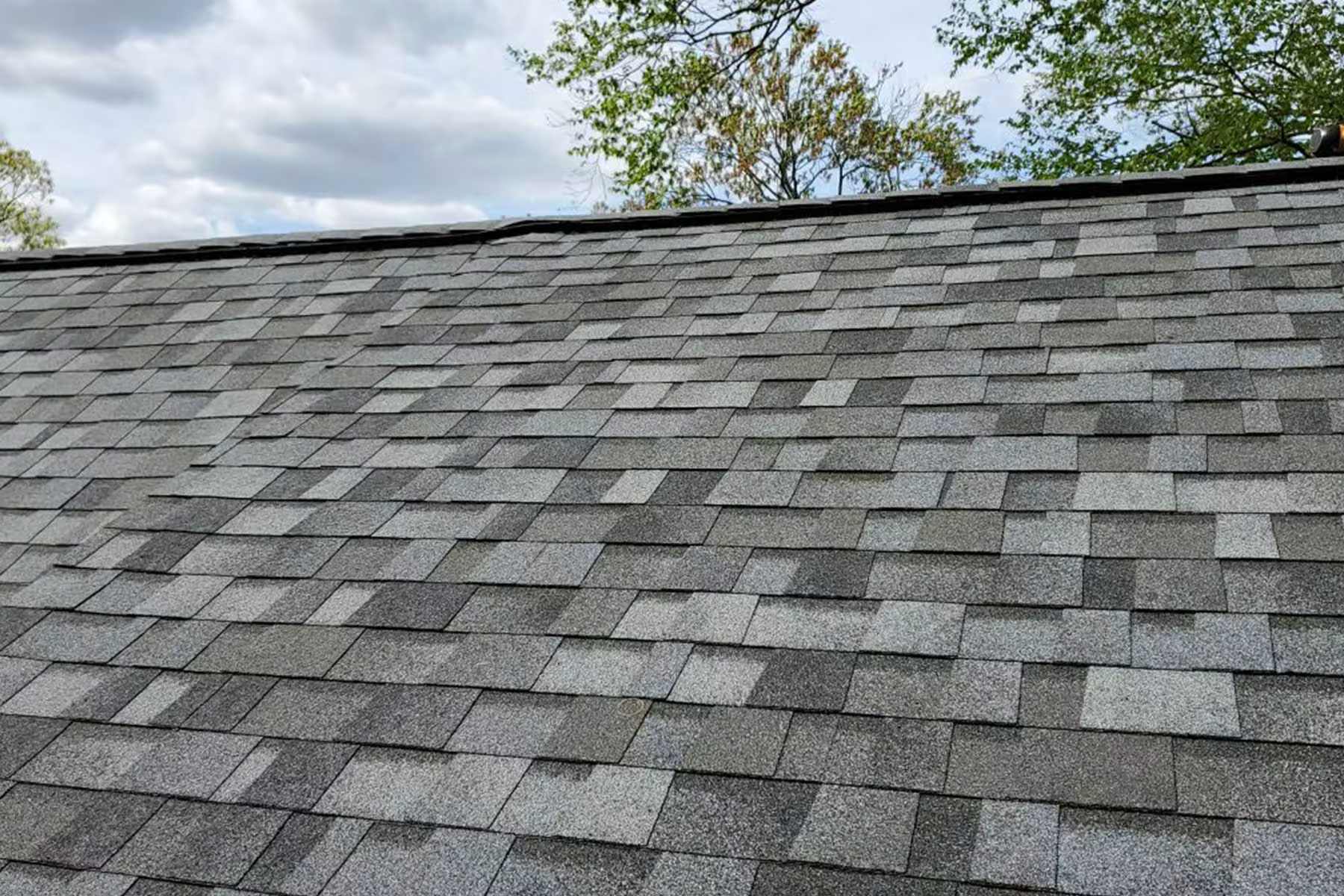

0 thoughts on “How Much Does It Cost To Replace Ceiling Drywall”